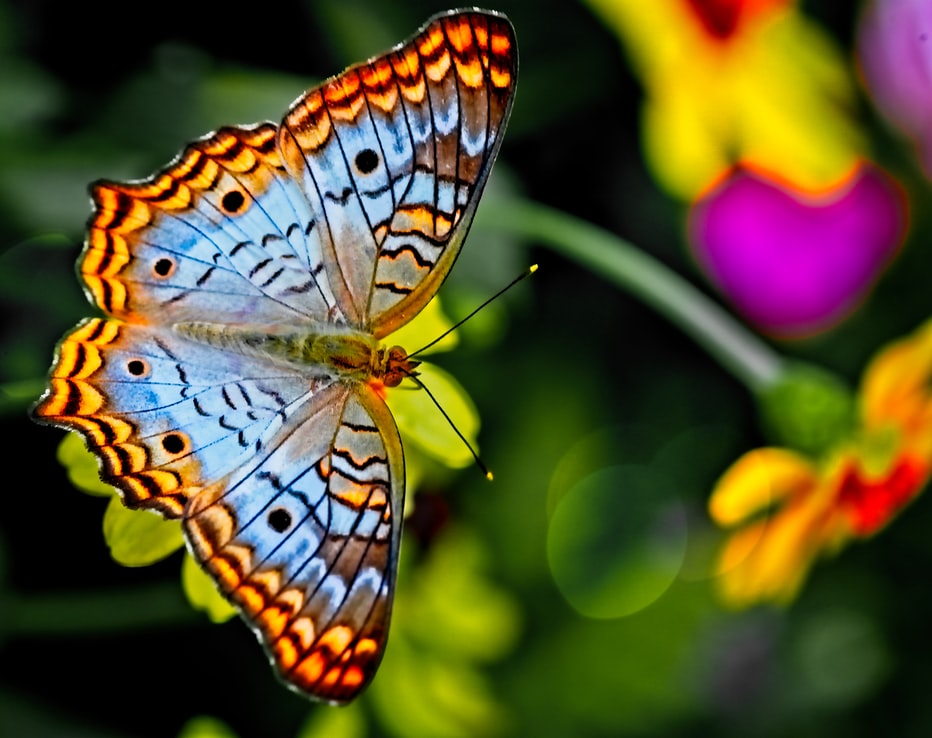
From bird flight shaping plane design to mosquito bites inspiring surgical needles, the natural world has long been a key source of technological innovation. Now, scientists are increasingly turning to nature for solutions to the climate crisis and to forge a more sustainable future. Biomimicry, a design and production concept modeled on biological creatures and processes, is being used on everything from energy storage to longer-lasting batteries to housing insulation.
A flutter leads to more efficient solar energy capture
The natural light harvesting process of butterfly wings is being mimicked for solar panel light capture technology. The unique anti-reflective patterns on butterfly wings are able to trap natural light, and in some cases even serve as a de-icing method.
● Scientists in the Nano and Molecular Systems Research Unit (NANOMO) at the University of Oulu carefully examined nanostructures of black scales obtained from different butterflies and assessed their light trapping abilities when placed on Si-based solar panels.
● The Ornithoptera priamus butterfly had the best antireflective abilities, with light reflection decreased more than 35%.
● Starting with computer simulations,they are hoping to improve the capacity of photovoltaic technology through decreasing surface backscattering.
● NANOMO is a world leader in biomimicry, exploring how the natural world can inform fields ranging from applied photonics to fundamental physics concepts.
A hard marine shell for battery storage
Redox flow batteries are a superior and more sustainable alternative to traditional lithium batteries. And researchers at MIT have developed a new electrode component for these storage devices that comes from an unexpected source: shrimp shells.
● Redox flow batteries can store large volumes of energy — particularly from solar and wind sources — at a comparatively cheaper cost.
● Unlike lithium varieties, these batteries store energy in electrode material that allows for a more flexible storage model. This process works well for renewable energy sources that often need to be stored for longer periods of time.
● Chitin, a cellulose-like polysaccharide found in shrimp shells, has been used in everything from body armor to pharmaceuticals to compostable food wraps. Chitin and cellulose are the world’s most common biopolymers, found in many plants and crustacean shells.
Insulating houses like a reptile
Hydrophilic hairs found on some lizards and plants allow them to move water around their surfaces. The Texas Horned Lizard even uses a capillary action to transport liquids to its mouth through narrow openings and wide channels to direct the water.
● As part of the Biomimicry Institute’s third annual Youth Design Challenge, students at Orange Cube Art School in California created “The Moist Brick,” inspired by the hydrophilic hairs.
● Through condensing water during the night,the “Moist Brick” naturally cools a building during the day through the evaporative cooling system.
● With the Earth’s global surface temperature increasing, and hotter and hotter summers, this product helps limit the need for energy-consuming air conditioning. Through an eco-friendly and affordable building material, the students hoped to make a widely accessible product.